The Industrial Personnel and Burden Carriers Electric Market is characterized by a dynamic competitive landscape, driven by technological advancements and increasing demand for efficient material handling solutions. Key players such as Toyota Industries Corporation (Japan), Crown Equipment Corporation (US), and Jungheinrich AG (Germany) are at the forefront, each adopting distinct strategies to enhance their market positioning. Toyota Industries Corporation (Japan) emphasizes innovation in electric vehicle technology, focusing on developing energy-efficient solutions that cater to diverse industrial applications. Meanwhile, Crown Equipment Corporation (US) is leveraging digital transformation initiatives to optimize operational efficiency and improve customer engagement through advanced telematics and data analytics. Jungheinrich AG (Germany) is pursuing regional expansion, particularly in emerging markets, to capitalize on the growing demand for electric burden carriers, thereby enhancing its global footprint.
The market structure appears moderately fragmented, with a mix of established players and emerging companies vying for market share. Key business tactics such as localizing manufacturing and optimizing supply chains are prevalent among major players, allowing them to respond swiftly to regional demands and reduce operational costs. This collective influence of key players fosters a competitive environment where innovation and customer-centric solutions are paramount.
In August 2025, Hyster-Yale Materials Handling, Inc. (US) announced a strategic partnership with a leading technology firm to integrate AI-driven analytics into their electric burden carriers. This move is likely to enhance operational efficiency and provide customers with real-time insights into equipment performance, thereby solidifying Hyster-Yale's position as a technology leader in the market. The integration of AI is expected to streamline maintenance processes and reduce downtime, which could significantly improve customer satisfaction.
In September 2025, Kion Group AG (Germany) unveiled a new line of electric personnel carriers designed specifically for warehouse applications. This product launch reflects Kion's commitment to innovation and sustainability, as the new models are equipped with advanced energy management systems that reduce energy consumption. The introduction of these vehicles is anticipated to strengthen Kion's competitive edge in the growing e-commerce sector, where efficient logistics solutions are increasingly critical.
In October 2025, Mitsubishi Logisnext Co., Ltd. (Japan) expanded its manufacturing capabilities by opening a new facility focused on electric vehicle production. This strategic investment is indicative of Mitsubishi's long-term vision to lead in the electric material handling market. The new facility is expected to enhance production efficiency and meet the rising demand for electric burden carriers, positioning Mitsubishi favorably against its competitors.
As of October 2025, the competitive trends in the Industrial Personnel and Burden Carriers Electric Market are increasingly defined by digitalization, sustainability, and the integration of AI technologies. Strategic alliances are becoming more prevalent, enabling companies to leverage complementary strengths and enhance their product offerings. Looking ahead, competitive differentiation is likely to evolve from traditional price-based competition to a focus on innovation, technological advancements, and supply chain reliability, as companies strive to meet the changing demands of the market.


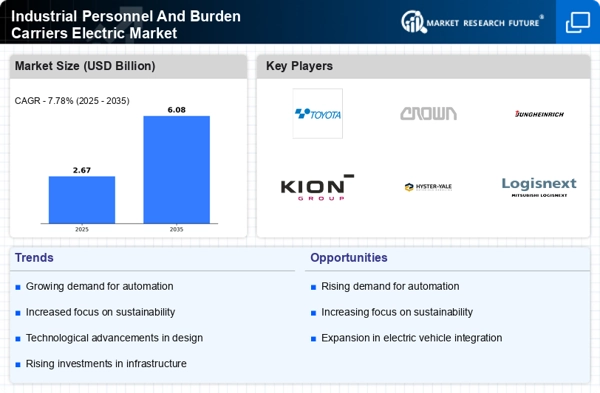
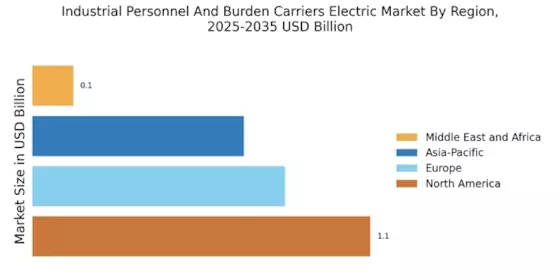
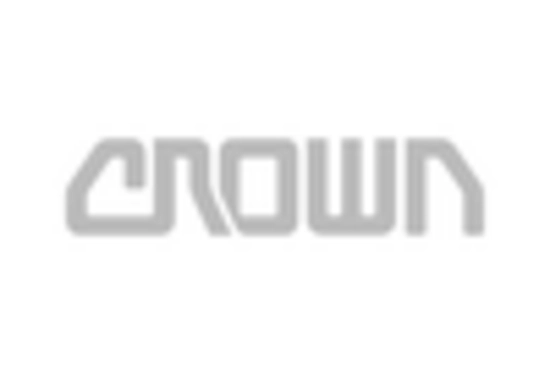

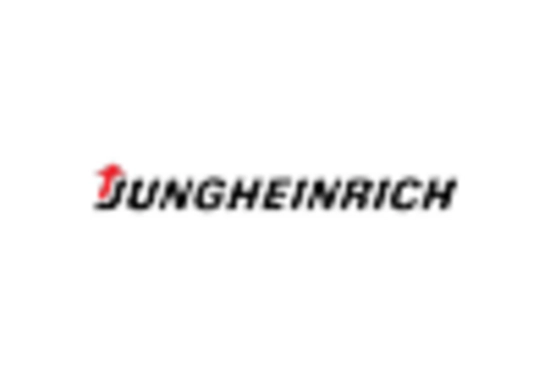

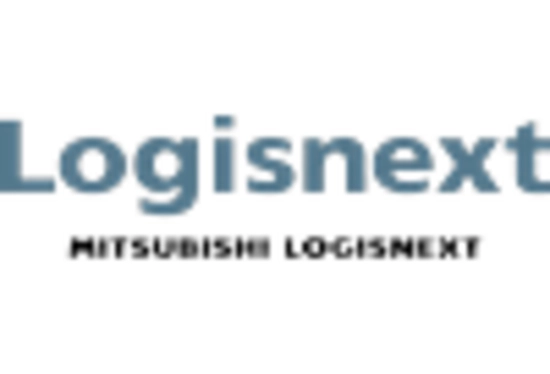
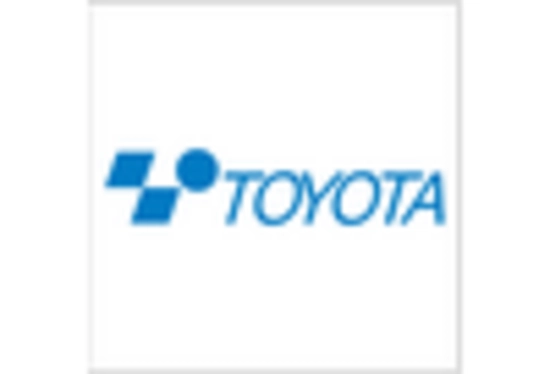








Leave a Comment